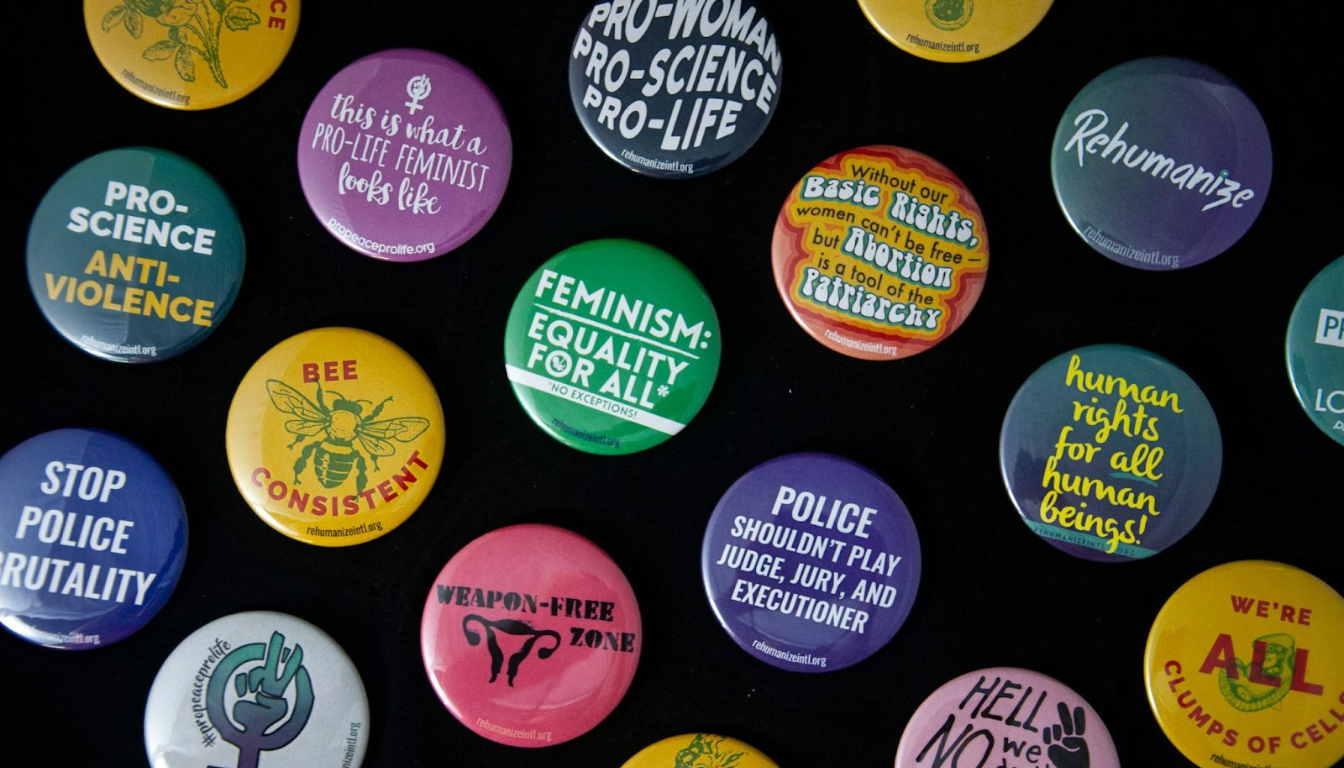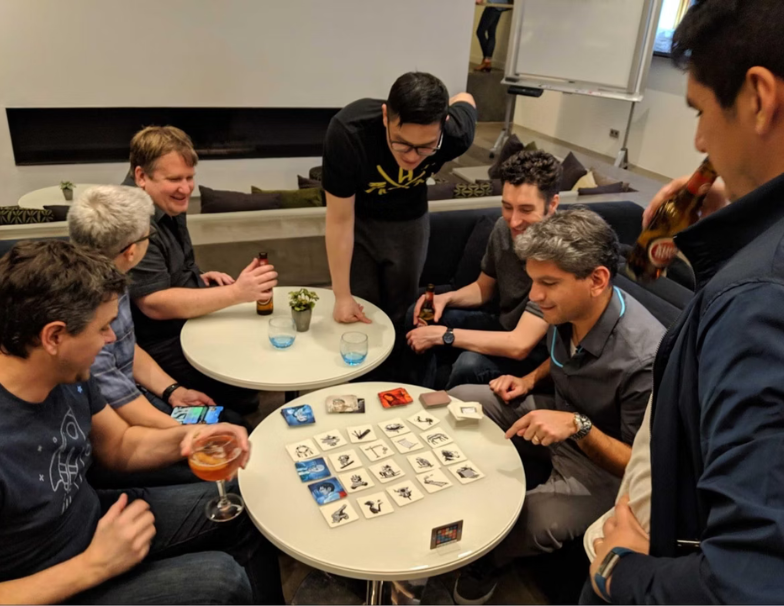Top 10 Tips on How to Plan an Inclusive Company Retreat

Planning an inclusive company retreat? This guide offers practical steps on how to plan an inclusive company retreat to make sure your event is welcoming and beneficial for everyone. You’ll learn how to set DEI goals and foster open communication, helping to create a unified team.
Key Takeaways
- Establish clear DEI goals to set the framework for an inclusive company retreat that celebrates diversity and fosters team unity.
- Select accessible venues and incorporate diverse activities that promote cultural awareness, empathy, and open communication among employees.
- Implement training sessions on unconscious bias and disability awareness to create a respectful workplace environment and integrate feedback mechanisms for continuous improvement.
Define Your DEI Goals
Clear DEI goals are fundamental for an inclusive retreat. Diversity encompasses various individual differences, including identities such as:
- Race
- Gender
- Age
- Religion
- Gender identity
DEI stands for Diversity, Equity, and Inclusion, each contributing to an atmosphere where diversity inclusion is prioritized and everyone feels valued and welcomed.
For DEI to succeed, organizations need clear strategies, specific goals, and measurable objectives. Equity ensures fair opportunities and treatment, fostering a sense of belonging and engagement. Regular assessment and transparency are key to building trust and empowering all team members.
Focusing on DEI initiatives boosts employee engagement and fosters innovation and growth. Clearly defined DEI goals set the stage for a retreat that celebrates diversity and promotes team unity.
Choose an Inclusive Venue

Choosing an inclusive venue is crucial for your company retreat. The venue should have:
- Accessibility features such as ramps and elevators
- Suitable restroom facilities
- Compliance with ADA standards to ensure ease of movement for all participants
Informing attendees about these features helps them prepare and feel comfortable.
Catering is also important. Make sure caterers can accommodate various dietary restrictions related to cultural and religious practices. Offering diverse food options shows respect for different backgrounds and fosters an inclusive environment.
The venue sets the tone for your retreat. A location that embodies diversity and inclusion principles creates an inviting and supportive atmosphere for all participants.
Plan Diverse Activities

Diverse activities in your retreat agenda foster appreciation of various cultural backgrounds. Activities like the Privilege Walk highlight individual disparities and encourage reflection, empathy, and understanding, which are crucial for creating an inclusive workplace.
The Cultural Potluck invites employees to share dishes representing their heritage, promoting cultural awareness and camaraderie. ‘Walk a Mile in My Shoes’ uses role-playing to develop empathy by allowing participants to experience different perspectives as a person, an idea that fosters understanding.
Inclusive language exercises are also significant in diversity activities, helping participants appreciate respectful and inclusive terminology. Such activities promote a culture of equality, respect, and unity, ensuring all voices are heard and valued.
Foster Open Communication
Creating a safe space for employees to express themselves fosters a diverse and inclusive workplace. Managers should regularly check in with teams and provide a safe space for discussing discussions, especially during tense moments. Sharing personal stories helps employees relate to one another and enhances workplace communication, building empathy and understanding.
Using internal communication tools to share personal narratives promotes inclusivity. Celebrating different cultural practices stimulates open dialogues about diversity and encourages discussion. Regular engagement and feedback loops are essential for maintaining an inclusive environment post-retreat.
Encouraging Employee Resource Groups (ERGs) creates a supportive environment for employees with disabilities. These groups provide a platform for sharing experiences and fostering belonging. Planning inclusive activities year-round maintains a culture of awareness and support for all employees.
Provide Unconscious Bias Training
Unconscious bias training helps participants recognize implicit biases that can influence decisions and interactions unconsciously. This training raises awareness about how even unintentional biases affect workplace attitudes and behaviors. Addressing various biases provides employees with a comprehensive understanding of their impact.
Unconscious bias training:
- Exposes employees to their implicit biases and fosters a culture of inclusion and respect.
- Encourages discussions rather than shaming participants, promoting understanding.
- Can be facilitated by the online Implicit Association Test by Harvard University.
Unconscious biases can lead to discriminatory hiring practices, like favoring candidates similar to the hiring manager. Providing unconscious bias training helps create a workplace where all employees feel respected and valued.
Celebrate Diverse Holidays

Celebrating diverse holidays in the workplace fosters belonging and appreciation, encourages cultural education, and promotes collaboration. Validate diverse holiday experiences by acknowledging their significance during team communications, and avoid assumptions about how employees celebrate, as experiences vary widely. A diversity calendar can help highlight these important occasions.
Small gestures, like sending well wishes or educational resources about various holidays, show support for diverse celebrations. Companies can:
- Use surveys to identify significant religious and cultural days
- Offer time off as part of company policy
- Recognize diverse backgrounds through events and Employee Resource Groups (ERGs) to foster a more inclusive culture.
Inclusive holiday celebrations enhance team bonding and foster understanding of different cultural experiences. Celebrating diverse holidays creates an environment where every cultural identity is respected and appreciated.
Integrate Team Building Activities

Team-building activities in your retreat agenda foster collaboration and understanding. Activities like Diversity Movie Night engage participants with films reflecting various cultures and spark discussions. Identity Icebreaker helps participants learn about each other and appreciate individual characteristics.
The Diversity Talent Treasure Hunt showcases diverse talents like musical skills and language proficiency. Diversity Charades requires team collaboration to act out words related to different cultures and art. These activities encourage employees to bond over shared experiences and develop a deeper appreciation for diverse teams.
Team-building activities promote a sense of belonging and unity in the office. They help create an inclusive workplace where all employees feel valued and respected through various activities in the workplace, including those that involve group dynamics. The team’s efforts in organizing these activities are crucial for fostering collaboration.
Offer Disability Awareness Training
Disability awareness training:
- Promotes understanding of colleagues’ needs and challenges, encouraging open communication.
- Helps everyone understand the different levels of support required for individuals with disabilities.
- Uses real-life stories to foster empathy.
Disability awareness simulation activities aim to raise understanding of the issues faced by individuals with disabilities. Setting up an obstacle course and using props for navigation are essential components. Safety is paramount when organizing such simulations.
Offering disability awareness training creates a more inclusive environment where all employees feel supported and understood.
Plan Virtual Diversity Sessions
Virtual diversity and inclusion sessions enhance employee experiences, especially for remote teams. Remote employees often face barriers to collaboration and connection. Virtual tours explore the contributions and challenges of underrepresented communities, fostering empathy and understanding among team members.
The Stereotype Challenge can be adapted for a virtual setting using an online teaching room and email to share stereotypes. Managers in a remote setting must proactively address challenges from a different perspective to create a supportive atmosphere and take one step forward.
Planning virtual diversity sessions ensures remote teams feel connected and included, regardless of their location.
Gather Feedback and Reflect
Gathering feedback post-retreat is essential for refining DEI strategies. Post-retreat discussions provide valuable qualitative feedback, allowing participants to discuss experiences and suggestions. Pulse surveys effectively capture ongoing employee feelings about diversity and inclusion, providing timely insights.
Regularly gathering insights through anonymous surveys helps organizations gauge the success of DEI initiatives and make data-driven adjustments in decision making. Refining DEI strategies based on feedback continuously enhances inclusivity efforts after each retreat.
Setting specific and measurable DEI objectives ensures accountability and creates a clear path toward inclusivity.
Summary
Planning an inclusive company retreat requires intentional focus on DEI to ensure every team member feels valued and engaged. Defining your DEI goals, choosing an inclusive venue, and planning diverse activities are crucial steps in creating an inclusive retreat. Fostering open communication, providing unconscious bias training, and celebrating diverse holidays further enhance the experience.
Integrating team building activities, offering disability awareness training, and planning virtual diversity sessions ensure that all employees feel connected and included. Using platforms like Offsite can streamline retreat planning, helping you design inclusive agendas and coordinate activities that align with your DEI goals. Gathering feedback post-retreat helps refine your DEI strategies and continuously improve your inclusivity efforts. By following these tips, you create a retreat that celebrates diversity, promotes unity, and fosters a culture of inclusion within your organization. Inspire your team to embrace diversity and create an inclusive workplace where everyone can thrive.
FAQs
- Why is it important to define DEI goals for a company retreat?
It's crucial to define DEI goals for a company retreat as they foster an environment of diversity, equity, and inclusion, which can enhance engagement and drive innovation. Clear DEI objectives provide a focused framework for meaningful discussions and activities.
- How can I choose an inclusive venue for the retreat?
Choosing an inclusive venue involves ensuring accessibility for individuals with disabilities and providing dietary accommodations. It's essential to communicate these features clearly to all participants.
- What are some examples of diverse activities for a company retreat?
Incorporating activities such as a Privilege Walk, Cultural Potluck, and role-playing exercises can effectively foster empathy and understanding among team members during a company retreat. These diverse activities encourage collaboration and strengthen relationships.
- How can team building activities promote diversity and inclusion?
Team building activities, such as Diversity Movie Night and Identity Icebreaker, actively promote diversity and inclusion by encouraging collaboration and fostering appreciation for different backgrounds within the team. This creates a more inclusive workplace culture.
You may also like
Unique spaces for your next offsite
Find distinctive venues for your upcoming corporate retreat.
Stay Updated with Our Insights
Get exclusive content and valuable updates directly to you.







